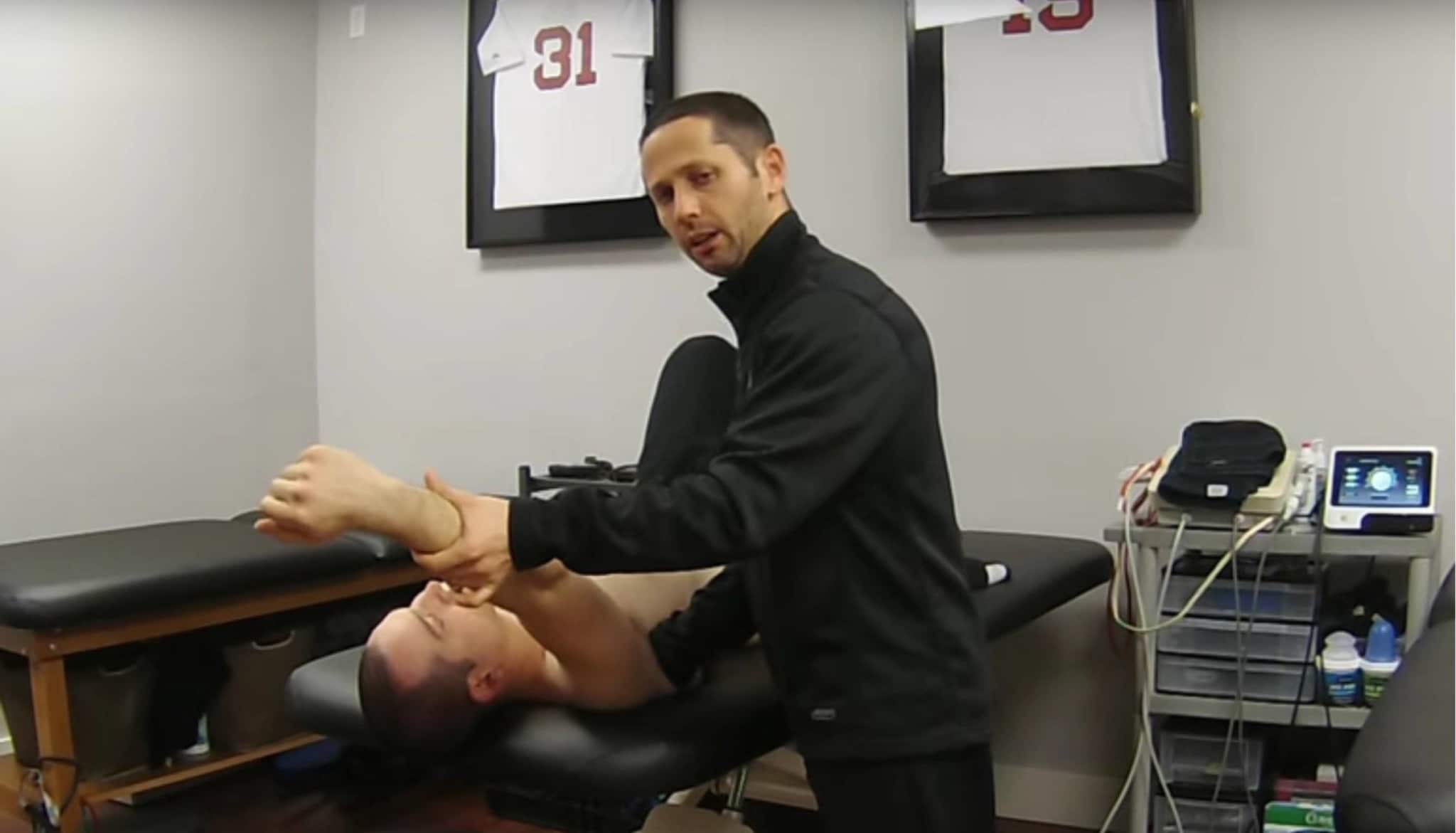Limitations in overhead shoulder mobility are common and often a frequent source of nagging shoulder pain and decreased performance. Any loss of shoulder elevation mobility can be an issue with both fitness enthusiasts and athletes. Just look at all the exercises that require a good amount of shoulder mobility in the fitness, Crossfit, and sports performance worlds. Overhead press, thrusters, overhead squats, and snatches are some of the most obvious, put even exercises like pullups, handstands, wall balls, and hanging knee and toe ups can be problematic, especially when combined with speed and force such as during a kipping pull up.

I am worried about what I am seeing on the internet right now.
I feel like the mobility trends I am seeing are focused on torquing the shoulder joint to try to improve overhead mobility. Remember, the shoulder is a VERY mobile joint that tends to run into trouble from a lack of stability. Trying to stretch out the joint or shoulder capsule should never be the first thing you attempt with self mobilization techniques. In fact, I have found it causes way more problems than it solves.
Think about it for a second…
If your shoulder can’t fully elevate, jamming it into more elevation is only going to cause more issues. Find the cause. [Click to Tweet]
In my experience, the focus should be on the soft tissue around the joint, not the shoulder joint itself. The muscles tend to be more of the mobility issue from my experience than the joint. Just think about all the chronic adaptations that occur from out postures and habits throughout the date.
Two of the most muscles that I see causing limitations in overhead shoulder mobility at the latissimus dorsi and the teres major.
Here’s a quick and easy way to assess the lat and teres during arm elevation.
Assessing and Improving Overhead Shoulder Mobility
For those interested in learning more, I have a few Inner Circle webinars on how to assess and improve overhead shoulder mobility:





